Phases and phase filters in linked Revit® models
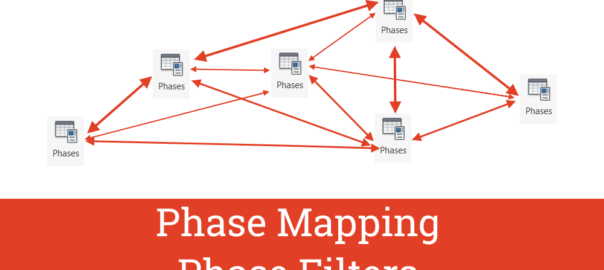
Linking Revit files is an essential method to collaborate on BIM project, primary, but not exclusive, for interdisciplinary collaboration.
Phase mapping
When multiple phases are present in project model (more than one phase), phase mapping occurs. Read More

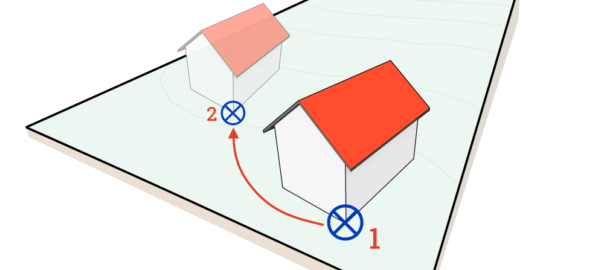
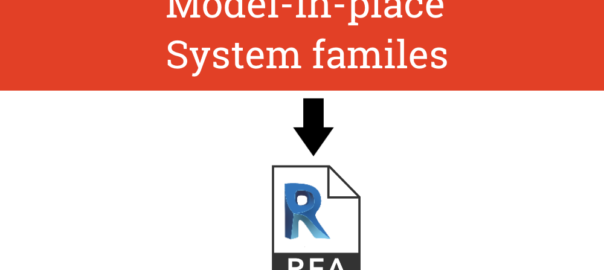

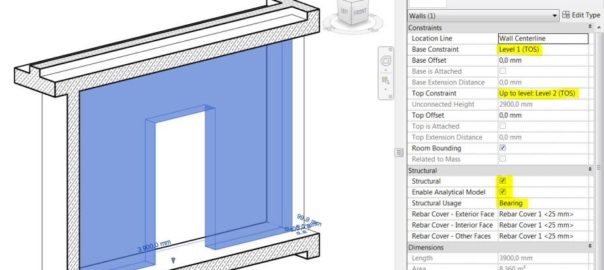
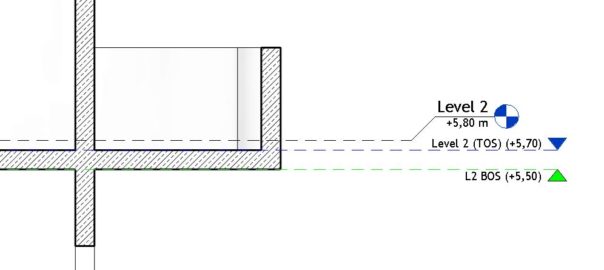
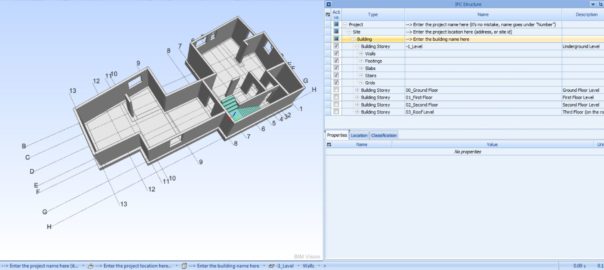

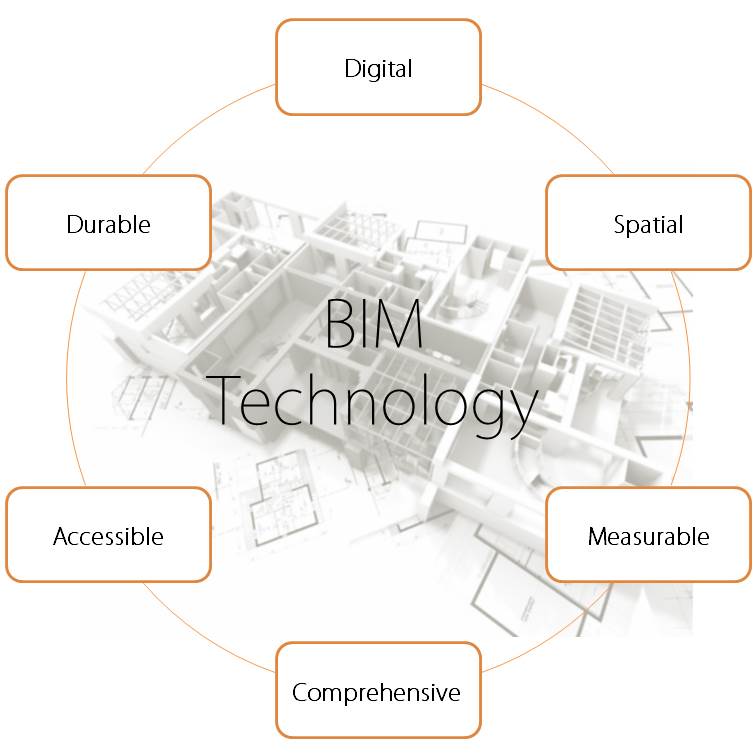
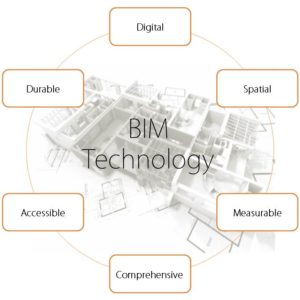 Unfortunately, BIM still has no single, widely-accepted definition. Let’s think of it as “an intelligent simulation of architecture”.
Unfortunately, BIM still has no single, widely-accepted definition. Let’s think of it as “an intelligent simulation of architecture”.